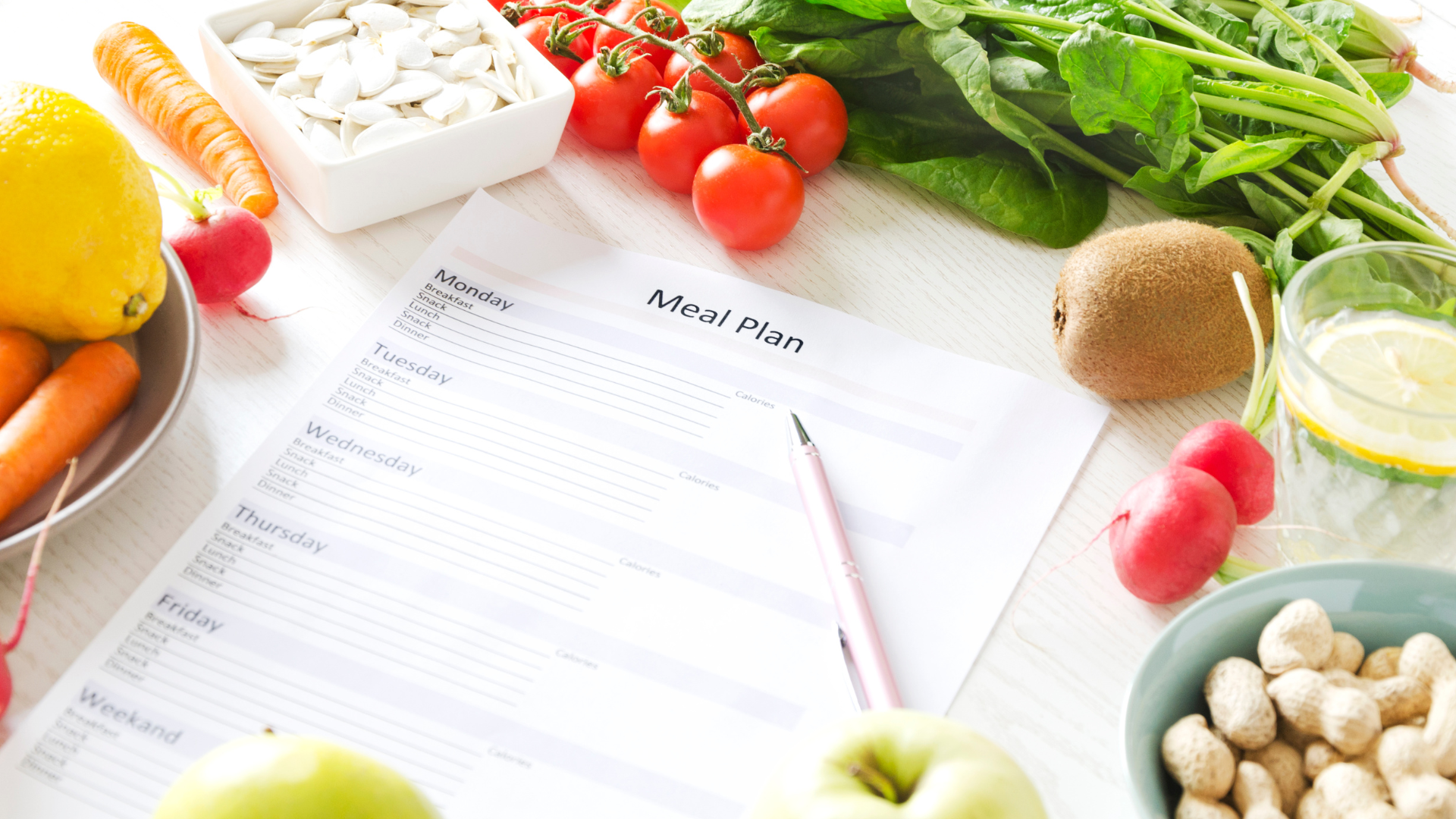Meal planning is important for managing diabetes but can be a lot of work. These simple hacks will help Type 2 diabetics make meal planning more convenient and time saving, without limiting too variety.
Stock up on essential spices and herbs
Since every good meal starts with the right seasonings, stock up your pantry with essential spices and herbs. This gives you more options for recipes so that meal planning doesn’t get boring. Also, most spices and herbs are fairly inexpensive and can last months so buy the larger sizes, when you can.
But what are the “essentials”? You can always stock up on your favorites (they should be low sugar) but below are seasonings we see used in many popular recipes.
- Powders: garlic, onion, chili, paprika, cumin, cayenne, and chili flakes.
- Herbs: bay leaves, basil, oregano, parsley, and thyme.
Bonus tip: make your own seasoning blends and store in containers. You’ll save time with meal prep plus you can make low-sugar or low-salt versions of popular blends.
For example, BBQ seasoning is usually salt, pepper, garlic, onion, chili, paprika and cayenne along with brown sugar. Just remove the brown sugar (or limit to a small amount) and now you have a BBQ rub that’s better suited for your diet.
Quick note on Oils
You’ll want to have oils in stock and we suggest olive, coconut, or avocado oils. Clarified butter is also a good option and is easy to make at home (CulinaryHill.com has a quick tutorial).
We suggest avoiding vegetable and seed oils (like canola, corn, etc.) because of the high amounts of omega-6 fatty acids. Eating more omega-6 makes it easier to exceed the desired ratio of omega-6 to omega-3 fatty acids, which helps reduce risks of chronic diseases, based on this summary from PubMed.gov.
Buy proteins in bulk, portion and freeze
Go to your local wholesale club store and buy a variety of poultry, meat and fish. Portion them to freeze using plastic storage bags or wrap. We suggest portions of at least 4 servings, which should cover meals for most the week. Just anticipate giving a day and a half to set out to defrost.
Added tip: when using the oven, cook two (or three) proteins together even if they’re for different dishes. A lot of recipes actually say to cook meat or poultry at around 350 degrees but differ in cook times.
Cooking different proteins together is a simple meal planning hack that can double the number of meals you can make with little added time.
Our opinion on proteins
Proteins are important for a balanced diet. And they typically have lower glycemic loads than carbohydrates, which is important for keeping your hemoglobin A1C in range.
In fact a study published by the American Diabetes Association showed that dietary proteins had a small contribution to endogenous glucose production. In other words the proteins resulted only in a small increase in blood sugar, which is a key goal for keeping your A1C within range.
We also suggest animal-based protein over plant-based. And we prefer proteins with moderate amounts of fat such as pork shoulder, chicken thighs (skin on) or beef chuck. This is because they generally have higher energy density per serving, giving you more energy with less volume consumed.
Animal-based protein also contain many essential amino acids, which are at the core of many vital processes (per Healthline). For example, the nutrition data of just 6 oz. of chicken breast contains all 9 essential amino acids.
But mod- to high-fat proteins should not be paired with refined or starchy carbohydrates like grains, corn or white potatoes. Doing so creates a meal with high calorie, high glycemic load. Something to avoid since it will spike your A1C and create excess calories, which can then turn into body fat.
Use appliances to make things efficient
Investing in a slow-cooker or pressure cooker is a popular meal planning hack. You can make large portions and the timed cooking is very convenient. And they can save you money by being able to cook tougher cuts of meat, which tend to cost less (especially if you buy in bulk). Making hearty stews and soups are perfect for these cookers – just toss all the ingredients together and set it aside to cook.
You should also invest in food storage containers of different sizes. You’ll be cooking a lot of food so you’ll want to store them into portions for a single meal, family servings or snack sizes. And look into containers with dividers inside to help take a lot of the guesswork out of portioning meals.
Summary
Planning meals is important for managing Type 2 diabetes. But we know it can take a lot effort. With these meal planning hacks, you can make a variety of tasty dishes while saving some time and effort.
And if you still feel overwhelmed to start meal planning, just keep it simple! There’s already a lot to do for proper diabetes self-care (which we wrote about here) and why keeping it simple is all you need to get started.

